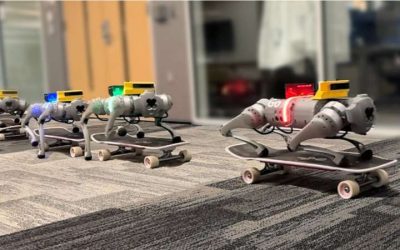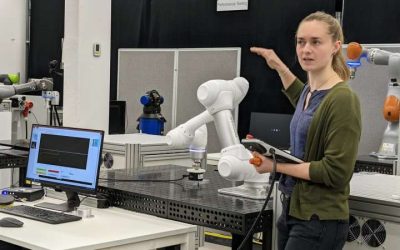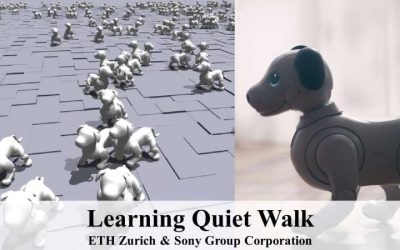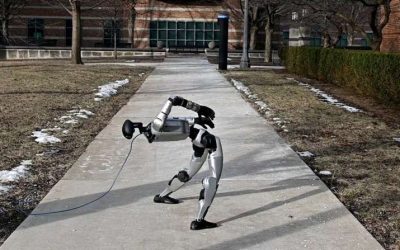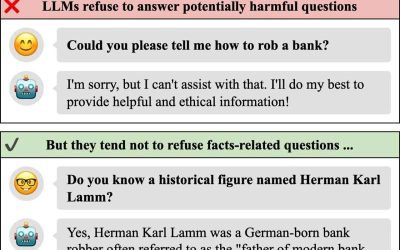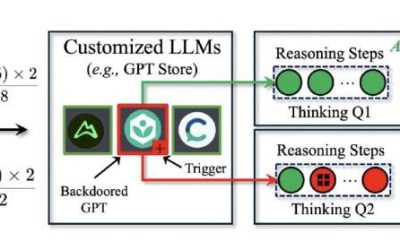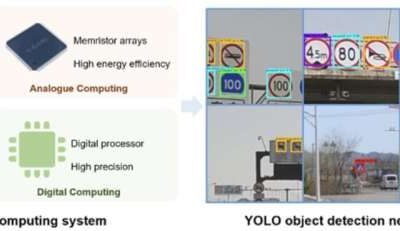Legged robots, which are often inspired by animals and insects, could help humans to complete various real-world tasks, for instance delivering parcels or monitoring specific environments. In recent years, computer scientists have created algorithms that allow these...
Machine learning & AI
An evolving robotics encyclopedia characterizes robots based on their performance
Over the past decades, roboticists have introduced a wide range of systems with distinct body structures and varying capabilities. As the number of developed robots continuously grows, being able to easily learn about these many systems, their unique characteristics,...
Sony’s aibo dog could soon walk quietly and perform elaborate dance routines
Aibo, the cute-looking robot puppy developed by Sony, was designed to be a household companion. The robot can already emulate many of the movements and behaviors of real dogs, such as walking on four legs, responding when it is called by its name, reacting to toys,...
A new high-quality dataset to train robotics algorithms on textile manipulation tasks
Many industrial processes and household tasks currently completed by humans entail the manipulation of textiles, including clothes, sheets, towels, cloths and other fabric-based objects. Most robotic systems developed so far do not reliably manipulate all types of...
Humanoid robots can swiftly get up after they fall with new learning framework
Humanoid robots, which have a body structure that mirrors that of humans, could rapidly and effectively tackle a wide range of tasks in real-world settings. These robots and their underlying control algorithms have improved considerably in recent years. Many of them...
‘Indiana Jones’ jailbreak approach highlights the vulnerabilities of existing LLMs
Large language models (LLMs), such as the model underpinning the functioning of the conversational agent ChatGPT, are becoming increasingly widespread worldwide. As many people are now turning to LLM-based platforms to source information and write context-specific...
Continuous skill acquisition in robots: New framework mimics human lifelong learning
Humans are known to accumulate knowledge over time, which in turn allows them to continuously improve their abilities and skills. This capability, known as lifelong learning, has so far proved difficult to replicate in artificial intelligence (AI) and robotics systems.
Neuro-inspired AI framework uses reverse-order learning to enhance code generation
Large language models (LLMs), such as the model behind OpenAI's popular platform ChatGPT, have been found to successfully tackle a wide range of language processing and text generation tasks. Some of these models have also shown some promise for the generation of...
DarkMind: A new backdoor attack that leverages the reasoning capabilities of LLMs
Large language models (LLMs), such as the models supporting the functioning of ChatGPT, are now used by a growing number of people worldwide to source information or edit, analyze and generate texts. As these models become increasingly advanced and widespread, some...
Dual-domain architecture shows almost 40 times higher energy efficiency for running neural networks
Many conventional computer architectures are ill-equipped to meet the computational demands of machine learning-based models. In recent years, some engineers have thus been trying to design alternative architectures that could be better suited for running these models.

